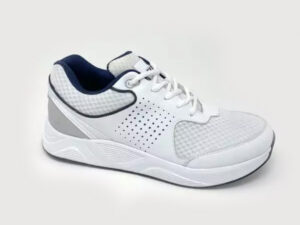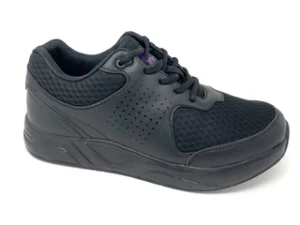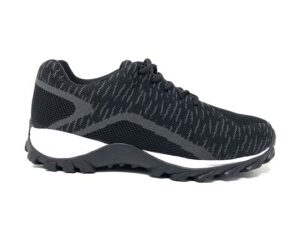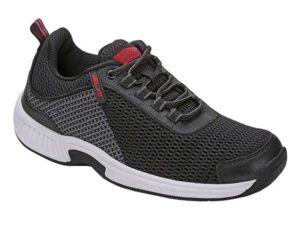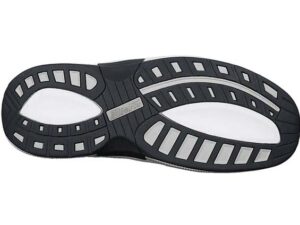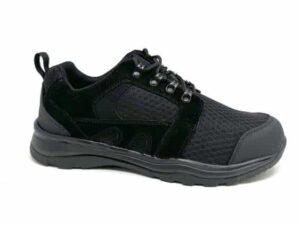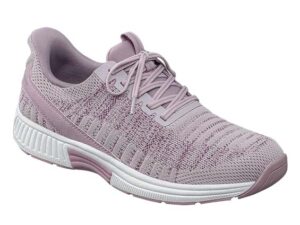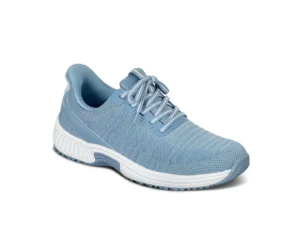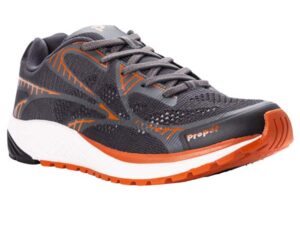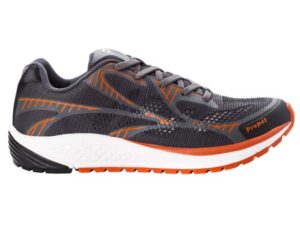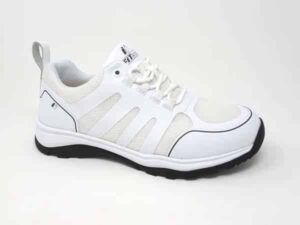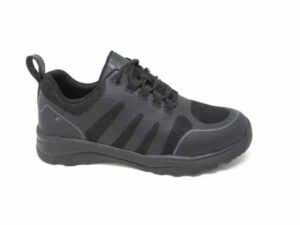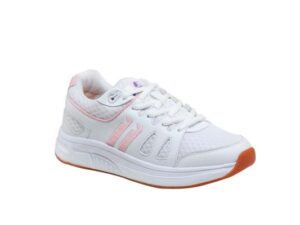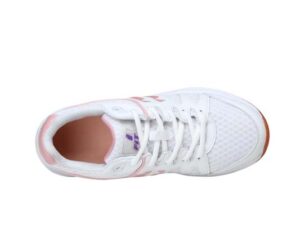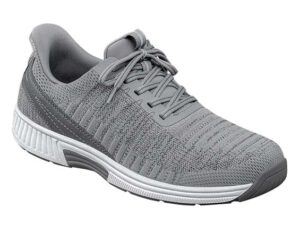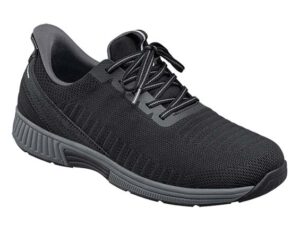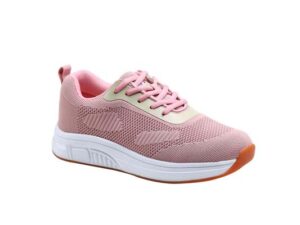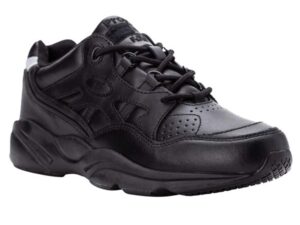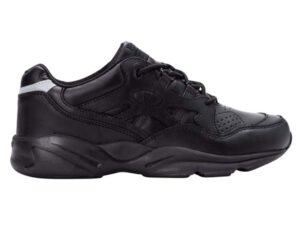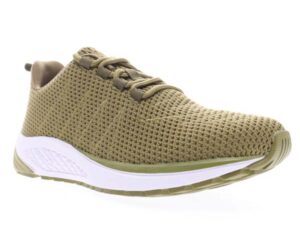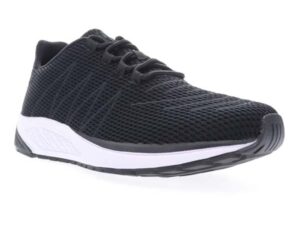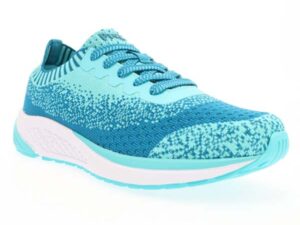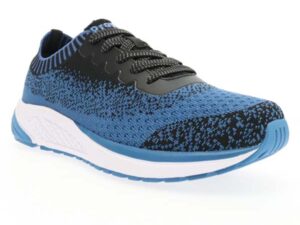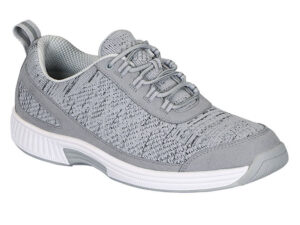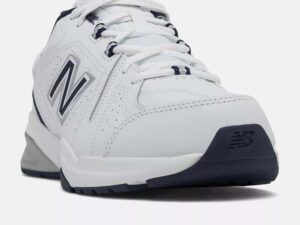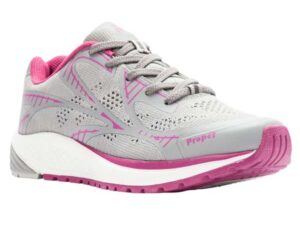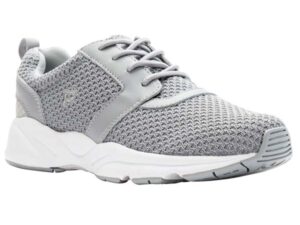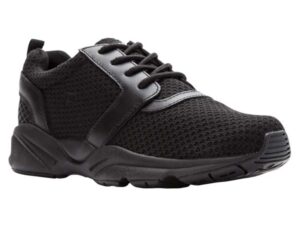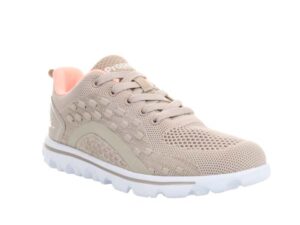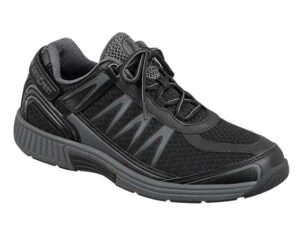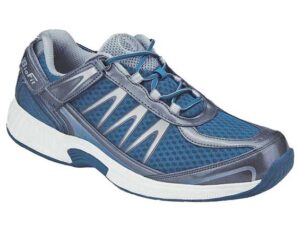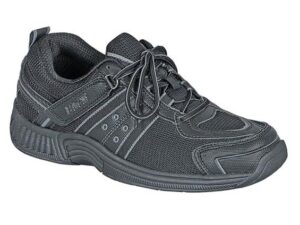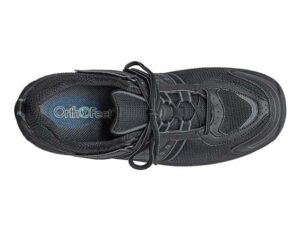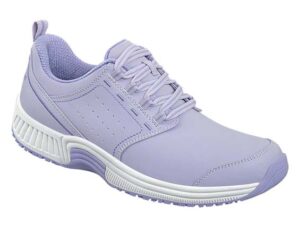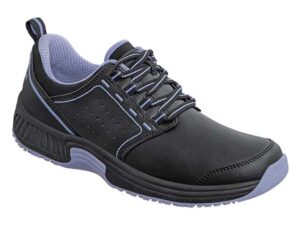Whether it’s sprinting, jumping, moving from side to side, tennis is a sport that requires you to be fast on your feet. That’s why you need the right shoes that can keep up. Similar to choosing an appropriate tennis racquet, deciding on the proper tennis footwear can give you the confidence and stability you need to maximize your game.
How do you decide which pair of tennis shoes is proper for you? Let’s take a closer look at why tennis shoes are unique, how they’ve advanced over time, and what to search for when buying tennis footwear so you may choose the best pair for your particular requirements.
3 important things to consider when buying tennis shoes
Nowadays, tennis shoes come in a huge variety of styles, sizes, and colors. How then do you decide which pair to pick out? Here are some things to think about when buying for tennis shoes so you can choose the best pair for your requirements.
Tennis surface
Which tennis court surface do you play at the most? This could significantly affect the kind of tennis shoes you purchase. The way you play and how you move can alter depending on the surface. Wearing a tennis shoe designed specifically for the type of the surface you’re playing on can help maintain balance and prevent injuries.
- Hard: Hard courts are the most popular tennis court surface. In terms of the outsole’s (the bottom of the shoe that is in direct contact with the ground) durability, it’s also the most demanding. Most hard-court outsoles use a modified herringbone pattern, giving them the suitable mixture of grip and flexibility. The outsole will be made of a more durable material to minimize premature wear. Additionally, hard-court shoes frequently have a robust upper for stability and lots of cushioning for comfort on an unforgiving surface.
- Clay: The clay court surface is made of shale, brick, or stone and is loose. A clay-court outsole typically has a full herringbone (zig zag) tread pattern gives a remarkable grip and preventing clay from getting caught between the treads. The herringbone pattern also provides the grip need for hard stops or sudden lateral changes in directions.
- Grass: While grass courts are less common due to the high level of maintenance required, they do have the advantage of being kinder to your joints. However, the game moves quickly, and the surface can become slippery at times. To solve this problem, the grass-court outsoles have protrusions (similar to the soles of shoes) that provide a solid grip on unpredictable surfaces.
- Carpet: Indoor carpet court shoes have a smooth outsole with no patterns unlike other tennis shoes. This prevents small particles and pebbles from sticking to the sole. Most significantly, it gives the proper amount of grip. Wearing any other tennis shoe on this surface provides excessive grip, which could result in injury.
Playing Style
On the court, how do you move? Are you sprinting from corner to corner, or do commonly keep on with the baseline? Here are the three main sorts of playing patterns in tennis and what to search for in a shoe based totally on every style:
- Baseline: A baseline player primarily plays along his line back of the court. which means that numerous quick sprints and lateral motion. Look for a stability shoe with first-rate lateral support for all that side-to-side motion.
- Serve-and-volley: Serve-and-volley players frequently charge the net, requiring a lot of quick forward and backward movement. For maximum speed and movement, look for a lightweight, flexible shoe. This type of player also has a tendency to slide their back foot along the court while serving, so toe protection is essential.
- All-court: Players on all courts move to all sides and all corners of the court, which means a lot of back-and-forth movement. Look for shoes that are lightweight, durable, and have good grip, especially if you’re sliding on soft surfaces.
Foot type
There are 3 special foot types: impartial arch, low arch, and high arch. The sort of arch you’ve got affects how your feet roll (pronate) even as strolling or running. Understanding your foot type will let you pick a tennis shoe that first-class supports your foot’s natural movement.
- Normal pronation (Neutral arch): A neutral arch helps your body weight and rolls in typically. At the same time as most shoes are suitable for this foot kind, a solid pair of tennis shoe can provide a pleasing balance of cushioning and support.
- Overpronation (Low arch): A low arch reasons the foot to roll excessively inward (overpronate) with each stride. Look for tennis footwear with maximum arch support, lateral support, cushioning, and stability, if you want to assist keep the arches from collapsing or rotating inward.
- Underpronation (High arch): A high arch causes the foot to roll barely outward (underpronation) with each stride. Choose tennis shoes with appropriate cushioning, flexibility, a low to mid-level arch, and maximum durability to help save you the feet and ankles from rolling outward.
Where to buy tennis shoes for wide feet?
At DT Footwear we’re proud to offer athletic footwear in widths up to 14E. If you can’t a shoe to meet your unique needs, we can special order a shoe for you. Beside the best constructive uppers, we offer a wide range of widths – 4A 2A B D 2E 3E 4E 5E 6E 7E 9E 10E 14E.

